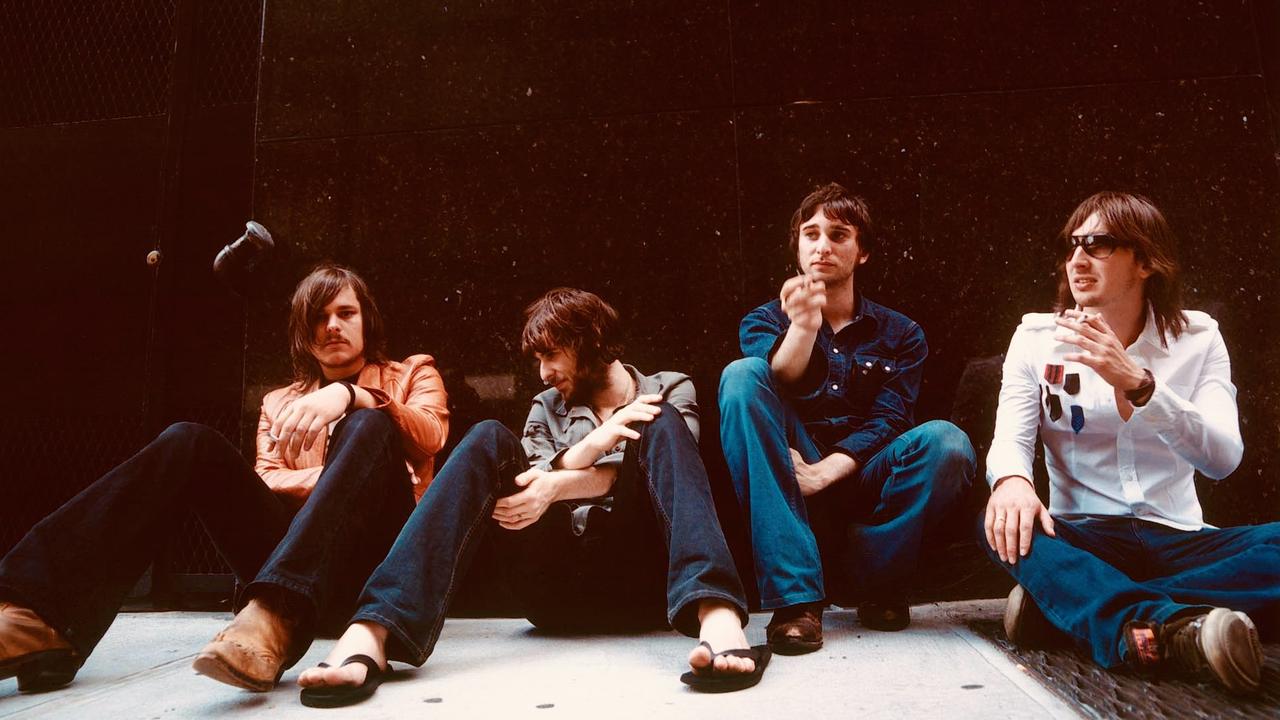‘Genetic gold’: Full moon to trigger mass coral spawning
The world’s largest orgy is right around the corner as the reef enters prime November spawning time. Read why experts believe corals won’t be the only ones “getting jiggy” this full moon.
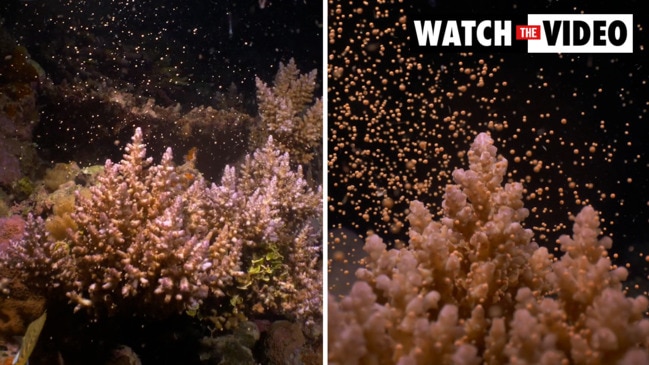
Townsville
Don't miss out on the headlines from Townsville. Followed categories will be added to My News.
The world’s largest orgy is right around the corner as the reef enters prime November spawning time.
But experts have found corals won’t be the only ones “getting jiggy” under the full moon.
Great Barrier Reef Marine Park Authority (GBRMPA) chief scientist Roger Beeden said researchers are only now discovering an array of marine species which use a “safety in numbers” approach during the annual spawn.
“We’ve known about mass coral spawning for more than 40 years, but we’re only now discovering all these other marine species are taking advantage of the coral spawning cover to have a little fun of their own,” Dr Beeden said.
“Clams, sponges, sea cucumbers and starfish, among others, are using the protection of this unique breeding opportunity to release their own spawn and create their next generations.”
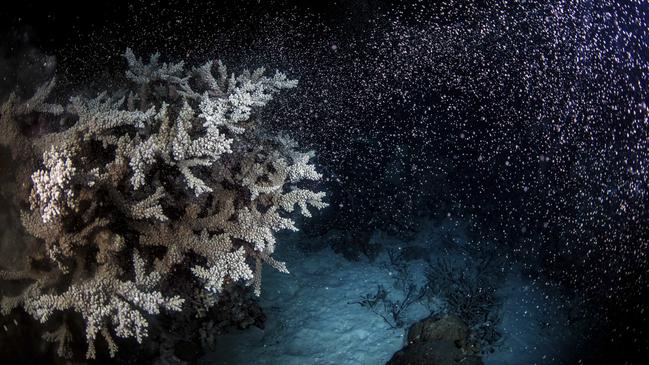
Mass coral spawning occurs after a full moon once waters have warmed up enough for coral sperm and egg maturity.
Spawning is also affected by the length of day, the tide, and salinity levels.
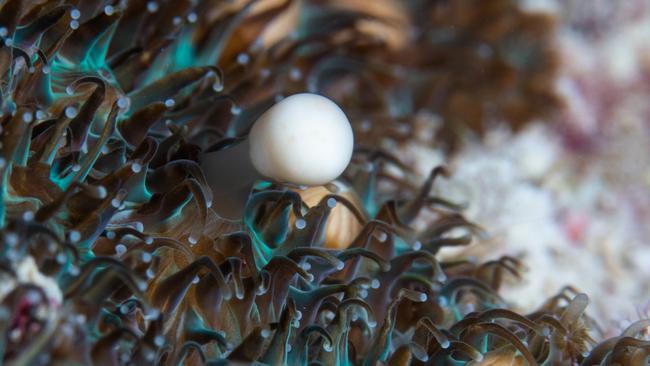
The mass event only happens at night, and once started, it can run from a few days to a week as different coral species take turns spawning on certain days to prevent crossbreeding.
Inshore reefs can spawn as early as October, Townsville reefs often spawn in November, and some offshore reefs wait until December.
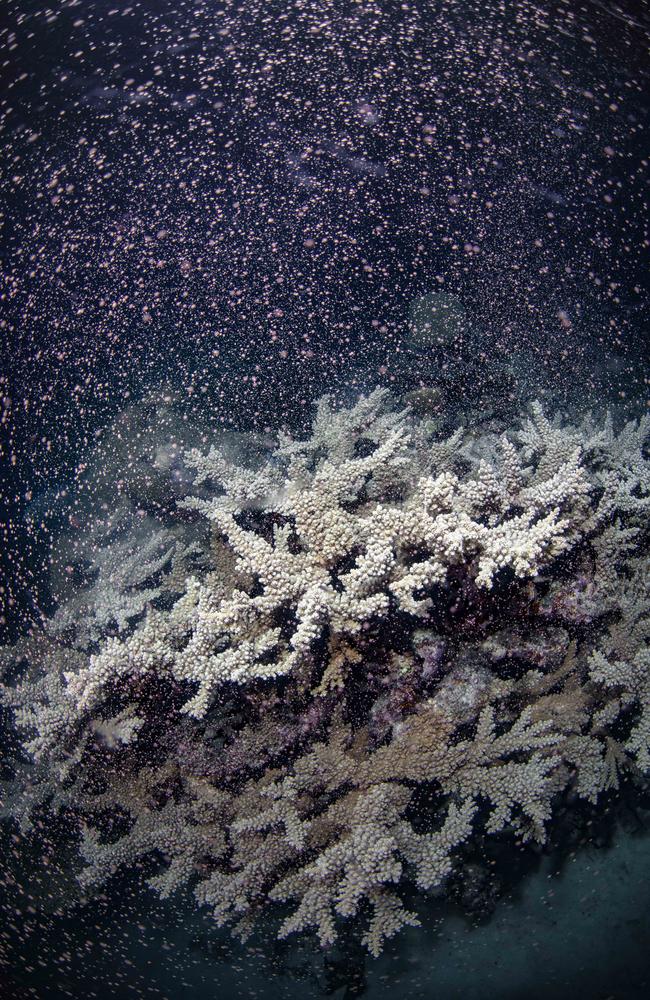
The full moon this year occurred on October 17, and will rise on November 16 and December 15.
On the October full moon, spawnings were recorded near Magnetic Island and Fitzroy Island (Cairns).
Researchers predict the “big event” for offshore reefs this year will be on the November moon.
Dr Beeden said the coral spawn is a critical time for the ocean, as it’s the only time corals actually reproduce.
“These spawning corals are genetic gold for reef resilience. Corals that have survived coral bleaching events may pass on more heat-tolerant genes to the next generation,” he said.
November also marks the start of stinger season as venomous box jellyfish, and their ilk come into the coast to spawn themselves.
And don’t make the mistake of thinking the season of love stops at the beach – crocodiles are also on the move, searching for mates and freshwater nest sites as they head into their breeding season.
Originally published as ‘Genetic gold’: Full moon to trigger mass coral spawning





